“I was writing about my life,” Maurice White once reflected, capturing the essence of Earth, Wind & Fire’s profound musical journey. From the mid-1970s into the 80s, this funk powerhouse transcended genres, becoming arguably the biggest black rock band globally. Earth, Wind & Fire’s impact is undeniable, marked by a string of gold and platinum albums and chart-topping hits like “Shining Star,” “Sing a Song,” and “After the Love Is Gone.” While critical reception evolved with their increasingly sophisticated sound—a blend of disco, fusion jazz, Africana, soft pop, and soul—their core message of peace, spirituality, and love, combined with their electrifying stage presence and iconic style, solidified their status as a defining band of their era. For those seeking the best songs by Earth, Wind & Fire, this exploration dives into essential tracks that showcase their unparalleled artistry and enduring appeal.
At their zenith, Earth, Wind & Fire comprised ten exceptionally talented musicians, augmented by the renowned Phenix Horns. Maurice White remained the unwavering center, lending his distinctive lead vocals alongside the gospel-trained Philip Bailey, and steering their studio work with the visionary producer Charles Stepney until his untimely passing in 1976. White’s artistic direction extended beyond music, encompassing the iconic album art, often featuring Egyptian and Biblical symbolism, and lyrics imbued with his spiritual beliefs. Whether listeners fully grasped every lyrical nuance, the sheer power and infectious energy of Earth, Wind & Fire were universally felt. Here’s a curated selection of some of the group’s most essential songs.
“Sweetback’s Theme” (1971)
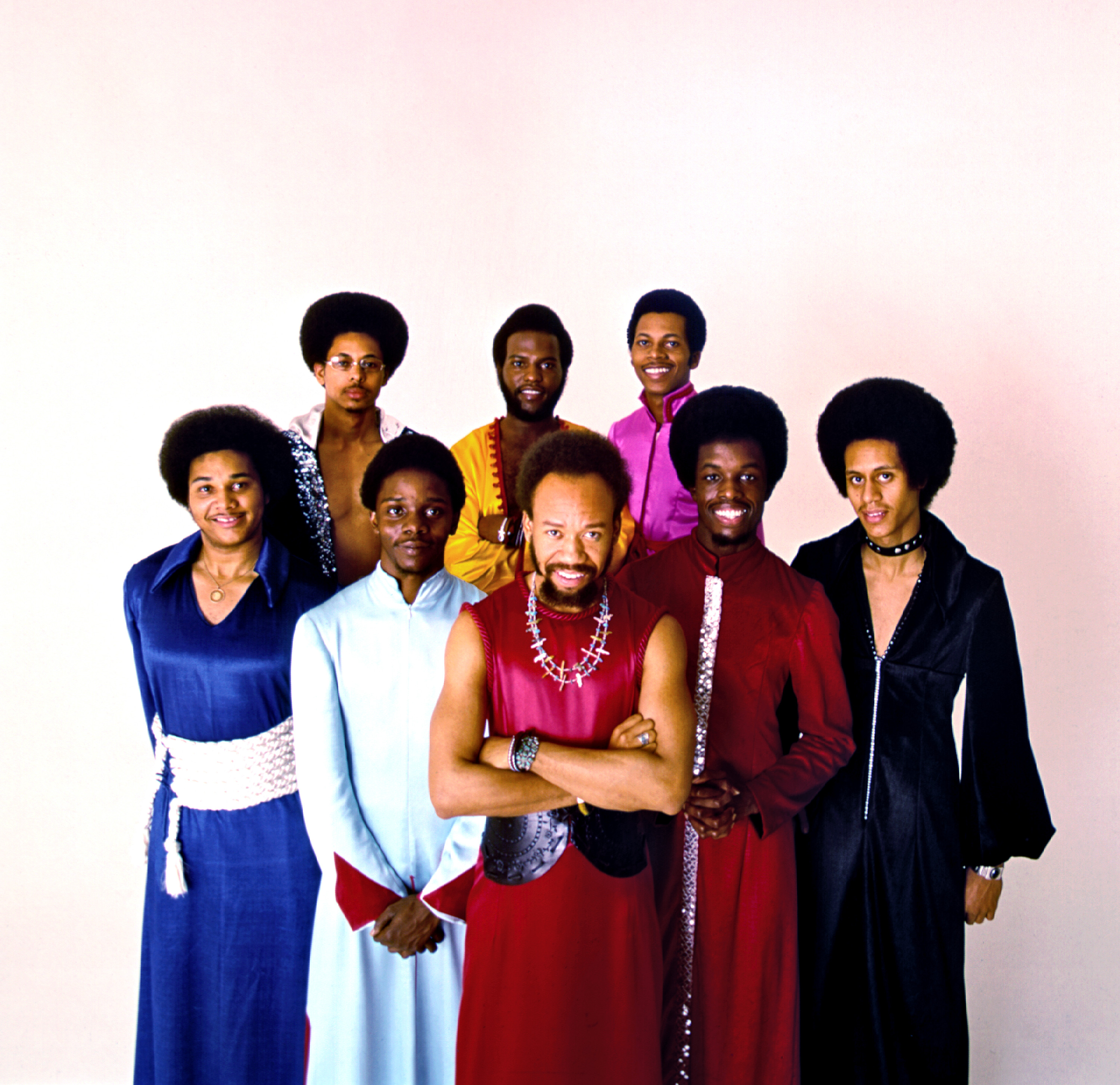 Earth Wind and Fire
Earth Wind and Fire
In the early 1970s, amidst the burgeoning blaxploitation film movement, playwright and radical figure Melvin Van Peebles was finalizing his groundbreaking film Sweet Sweetback’s Baadasssss Song. Needing a distinctive soundtrack, fate intervened when Van Peebles’ assistant connected him with Maurice White, a young Chicago musician recently relocated to Los Angeles. White’s fledgling band, Earth, Wind & Fire, were honing their sound and seeking opportunities. As Van Peebles recounted to Wax Poetics, the band, then struggling on Hollywood Boulevard, was enlisted to create the soundtrack. The result was “Sweetback’s Theme,” a raw and gritty funk and jazz infused instrumental that perfectly captured the film’s rebellious spirit. Both the album and the movie unexpectedly exploded in popularity, catapulting Earth, Wind & Fire into the limelight as the first musical stars of the blaxploitation era. This pivotal moment paved the way for iconic soundtracks like Isaac Hayes’s Shaft and Curtis Mayfield’s Superfly, establishing EWF’s early innovative prowess in blending cinematic soundscapes with their signature funk.
“Devotion” (1974)
“Maurice’s whole vision was to kinda sneak a little jazz on people,” Philip Bailey explained in a 2013 interview, and “Devotion” from the 1974 album Open Our Eyes exemplifies this perfectly. Although only a minor hit upon release, “Devotion” became a beloved fan favorite, showcasing EWF’s sophisticated musicality. The track is layered with shimmering chords, jazz-influenced keyboard harmonies, and a captivatingly smooth bassline, creating hooks that are both subtle and deeply memorable. Released during a turbulent period in American history, the song offered a tender and uplifting message. White’s ambition to integrate jazz elements into mainstream R&B and pop is palpable, making “Devotion” a sacred expression of EWF’s musical mission. The lyrics themselves unabashedly proclaim their purpose: “So our mission, to bring melody/Ringing voices sing sweet harmony.” For an even more powerful rendition, fans often point to the live version on their 1975 album Gratitude, recorded at the Omni Theater in Atlanta, where the band transforms the song into a gospel-infused funk revival, highlighting their incredible live performance energy.
“Shining Star” (1975)
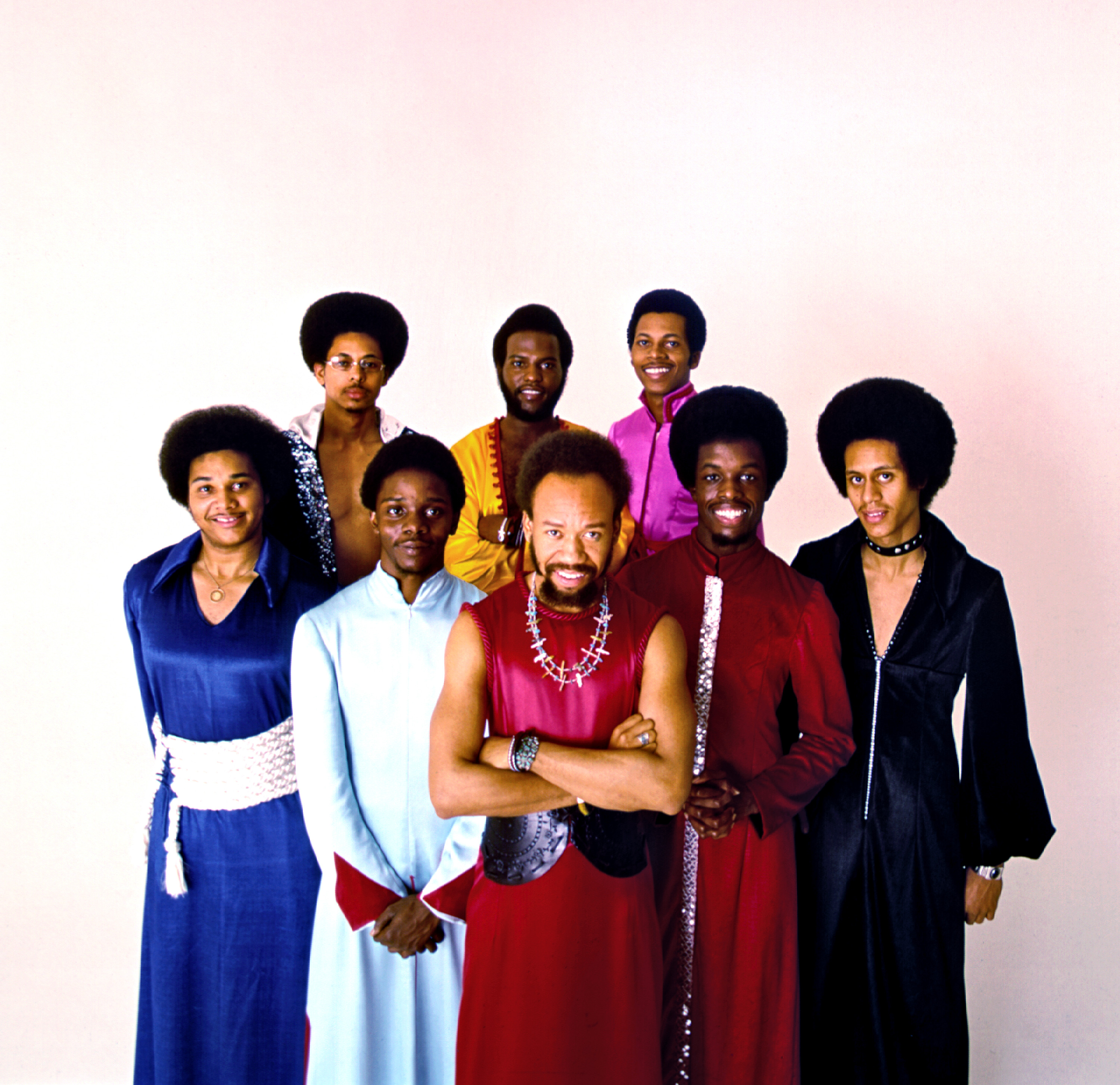 Earth; WInd; Fire; Essential; Songs
Earth; WInd; Fire; Essential; Songs
1975 marked Earth, Wind & Fire’s definitive breakthrough into the pop music stratosphere, largely thanks to the jubilant chart-topping success of “Shining Star.” This iconic track truly sounds like a celebration, becoming the soundtrack to countless parties and joyous occasions. However, beneath its celebratory surface, “Shining Star” is a deeply inspiring motivational anthem, reminiscent of Sly and the Family Stone’s “Everybody Is a Star,” built upon a clean, bright, and irresistibly brassy groove. This production masterpiece stands as one of Maurice White’s finest achievements, demonstrating his exceptional ear for sonic textures and arrangements. When Earth, Wind & Fire were inducted into the Rock and Roll Hall of Fame in 2000, White recalled “Shining Star” as a critical turning point. He noted that their sixth studio album, That’s the Way of the World, had a slow start, and they feared it might not succeed. The release of “Shining Star” changed everything, rocketing to the top of the charts and effectively saving the album, cementing its place in music history and in the canon of essential songs by Earth, Wind & Fire.
Ramsey Lewis, “Sun Goddess” (1975)
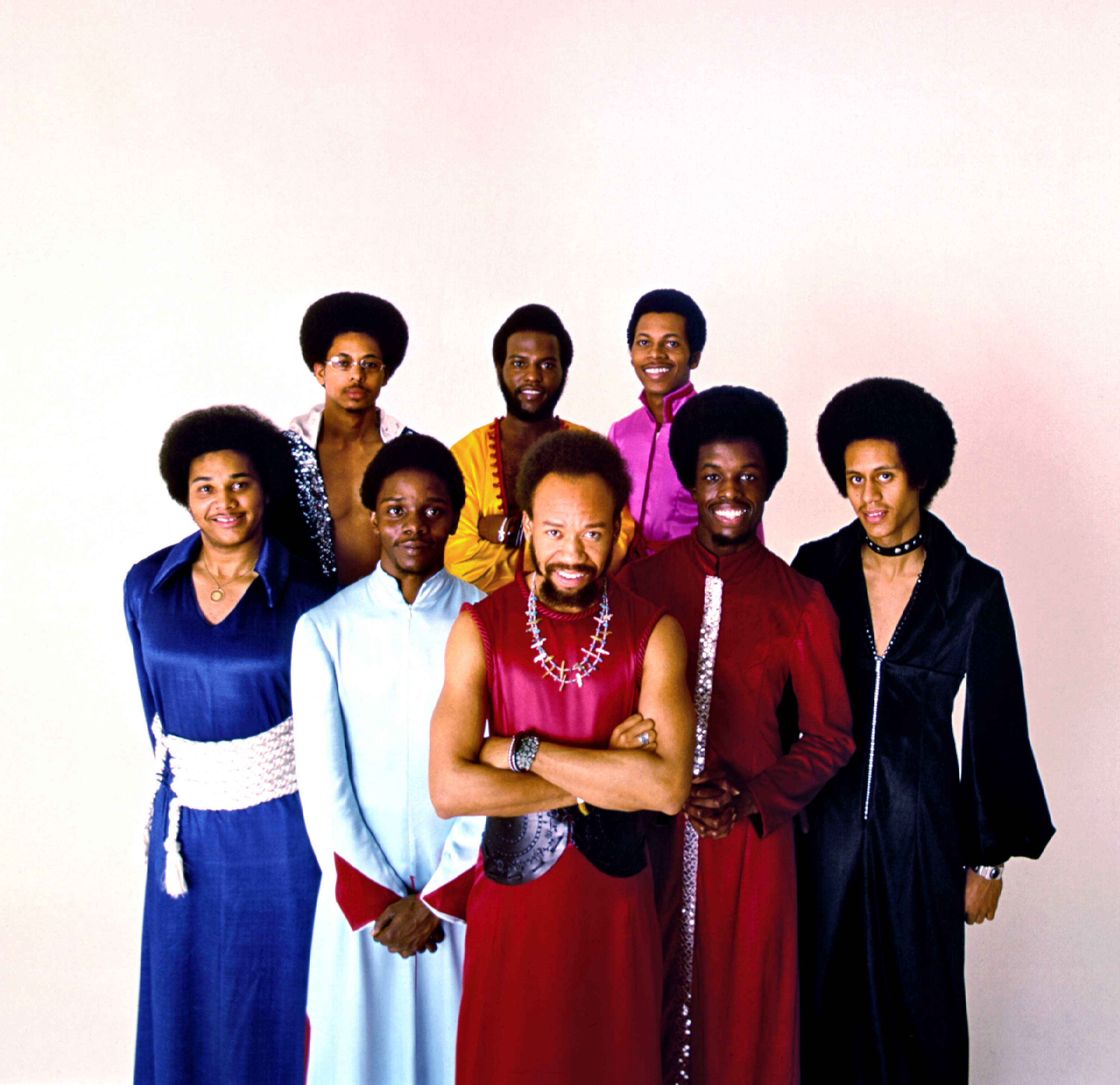 Earth Wind and Fire; essential songs
Earth Wind and Fire; essential songs
Even as Earth, Wind & Fire gained momentum in the late Sixties and early Seventies, Maurice White remained active in various musical projects. Notably, he had been part of the backing band for renowned jazz pianist Ramsey Lewis. This prior connection naturally led to a scintillating collaboration on “Sun Goddess” in 1974. This track is a monumentally groovy funk dreamscape, characterized by ethereal harmonies, rich brass arrangements, and a deeply reverential undertone. “Sun Goddess” beautifully illustrates White’s evolution from a sideman and session musician to a bandleader of unparalleled vision and skill. The song highlights his ability to blend jazz sensibilities with funk rhythms, creating a sound that was both sophisticated and deeply engaging, further establishing his influence beyond Earth, Wind & Fire.
“That’s the Way of the World” (1975)
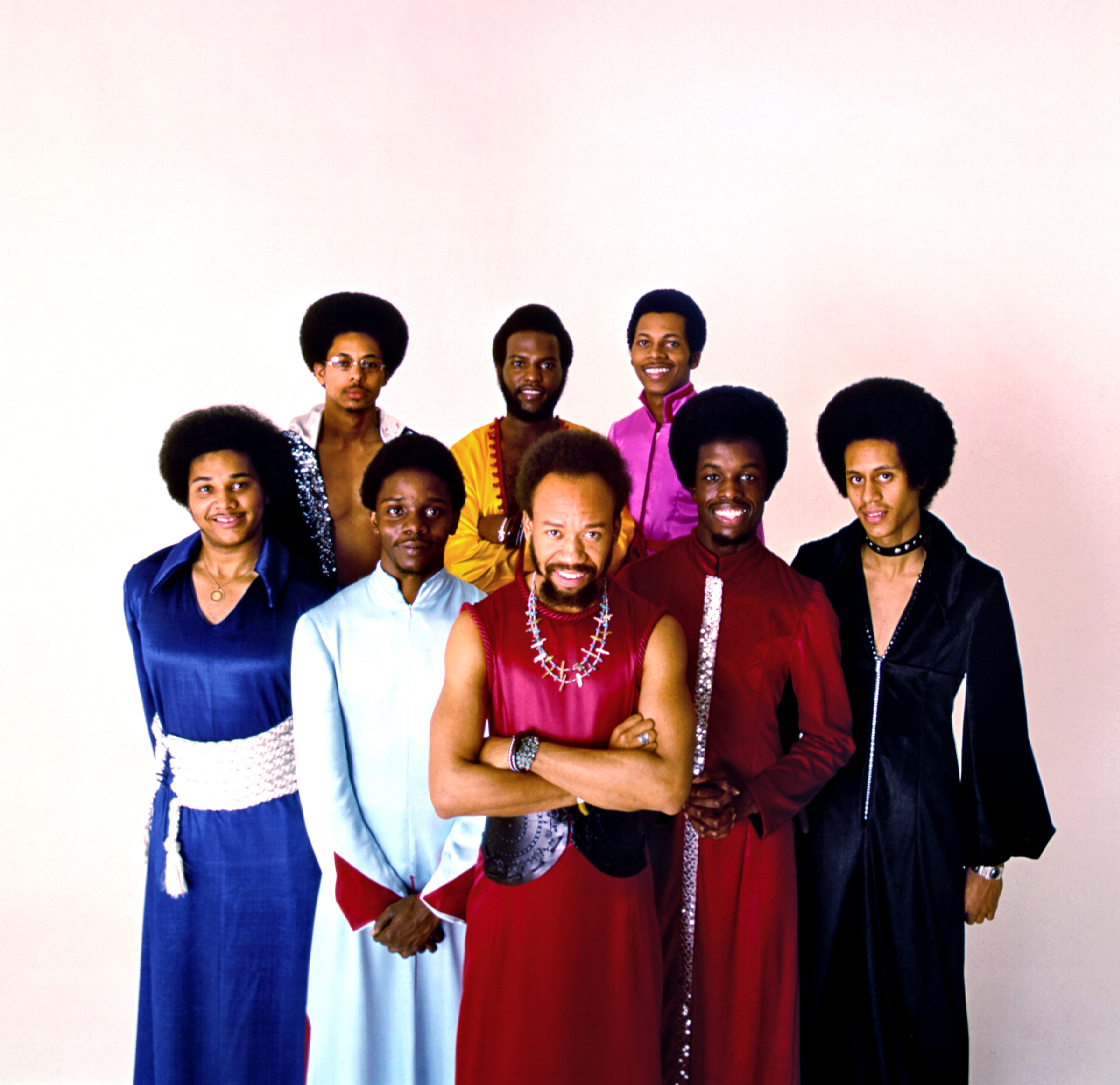 Earth; WInd; Fire; Essential; Songs
Earth; WInd; Fire; Essential; Songs
Just as Earth, Wind & Fire’s initial foray into soundtracks began with Sweet Sweetback, their first Number One album also originated from a film project: Sig Shore’s 1975 film That’s the Way of the World, a box office disappointment. The band was cast as “The Group” within the film’s narrative, an up-and-coming R&B ensemble managed by a cynical record producer played by Harvey Keitel. Philip Bailey, in his autobiography Shining Star, described recording the album as “a spiritual experience,” particularly for the title track, “That’s the Way of the World.” He recounted the profound impact of hearing the finished mix for the first time: “I thought we sounded like angels… It was as if God had been guiding us.” Ironically, while the film faded into obscurity (receiving a DVD release only in 2006), the album That’s the Way of the World became a massive success, one of the best-selling albums of 1975, achieving triple platinum status. The title track itself stands as a testament to EWF’s ability to create deeply moving and spiritually resonant music, making it a cornerstone of their discography.
“Sing a Song” (1975)
 Earth; WInd; Fire; Essential; Songs
Earth; WInd; Fire; Essential; Songs
Gratitude, Earth, Wind & Fire’s 1975 double album, captured the electrifying energy of their live performances across three sides of the record. However, the fourth side featured a collection of studio gems, spearheaded by the shimmering and uplifting “Sing a Song.” Guitarist Al McKay conceived the track’s signature riff backstage before a concert, later presenting it to Maurice White for lyrical development. White crafted simple yet profoundly optimistic lyrics, resulting in an infectious, disco-tinged anthem celebrating the healing power of music. Produced in collaboration with Charles Stepney, White’s former colleague from Chess Records, “Sing a Song” revisited and modernized the classic sound he had previously created for artists like Etta James and Fontella Bass a decade earlier. This creative alchemy produced a chart-topping triumph, reaching Number One on the Billboard R&B charts and propelling Gratitude past the 3 million sales milestone, further solidifying EWF’s commercial and artistic peak.
“Reasons” (1975)
If you’re a fan of classic hip-hop, you might recall the scene in Erick Sermon’s “Stay Real” music video where he passionately sings “Reasons” in the shower. Indeed, “Reasons,” from That’s the Way of the World, is renowned for Philip Bailey’s breathtakingly high vocal range, a challenge attempted (and often failed) by karaoke enthusiasts worldwide. Beyond its karaoke appeal, “Reasons” is a significant marker of Earth, Wind & Fire’s musical evolution. It showcases their transition from a pioneering funk-rock band to a sophisticated ensemble adept at incorporating elements of soft pop, jazz, and disco. As Maurice White, who co-wrote “Reasons” with Bailey and Stepney, explained to Billboard in 1975, “It was simply our goal to reach everybody.” This ballad’s widespread appeal and enduring popularity underscore their success in achieving that very goal, demonstrating their ability to connect with audiences across genres and generations.
“Brazilian Rhyme (Beijo)” (1977)
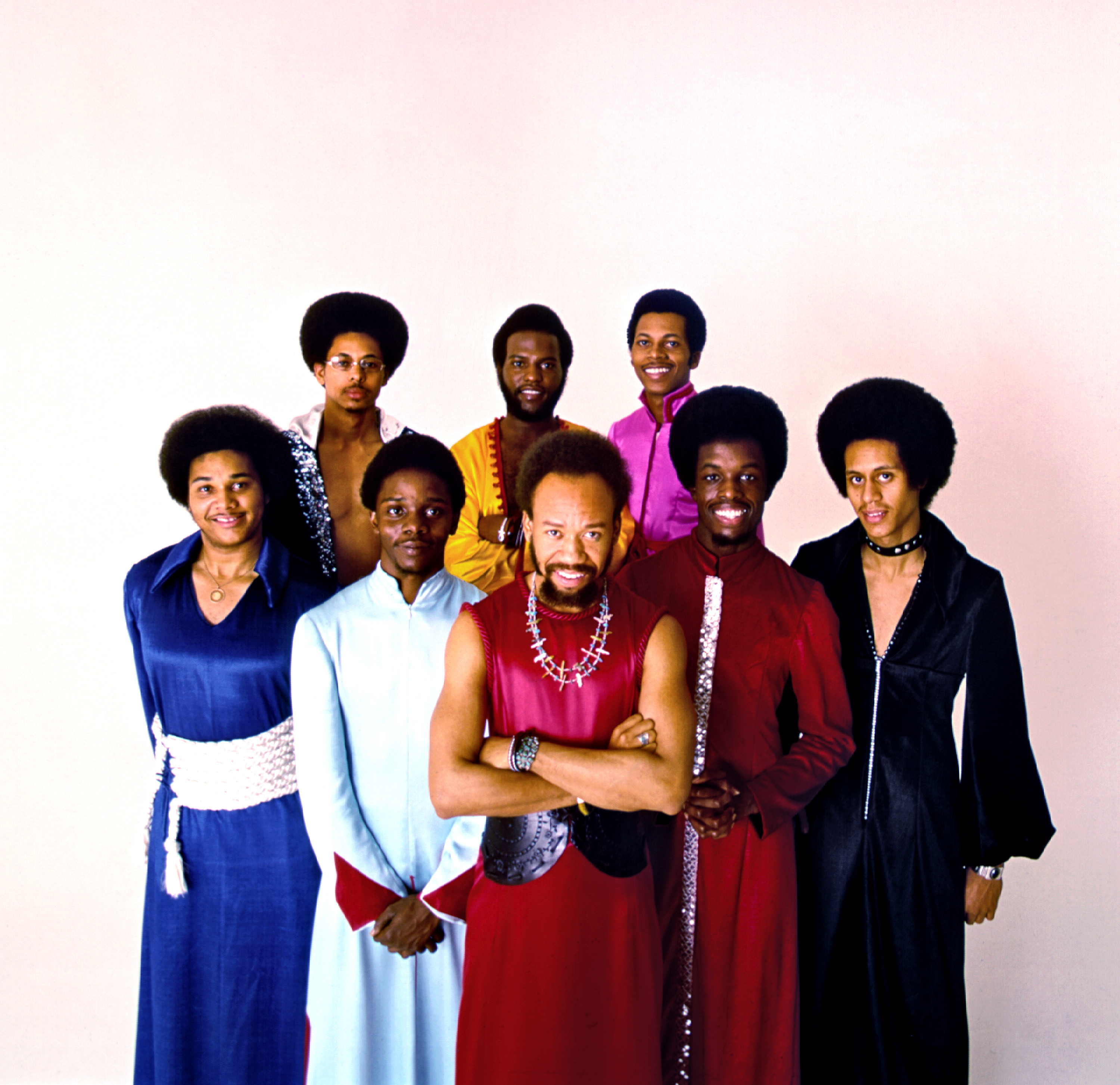 Earth; WInd; Fire; Essential; Songs
Earth; WInd; Fire; Essential; Songs
“Brazilian Rhyme (Beijo)” is a brief, 80-second instrumental interlude nestled within an album that spawned multiple hit singles. However, this seemingly minor track’s influence on hip-hop culture is monumental. Driven by its infectious falsetto disco vocal hook—”Beijo! Beijo! Ba da ba ba ba!”—it became a staple for early hip-hop DJs in New York. They would spin “Brazilian Rhyme” as a rhythmic foundation for MCs to rap over. Southern rap pioneer MC Shy D sampled it for his hard-hitting 1987 single “I’ve Gotta Be Tough.” A Tribe Called Quest incorporated it into their groundbreaking debut album, People’s Instinctive Travels and the Paths of Rhythm, and Big Punisher famously sampled it for his iconic 1998 Top 40 hit “Still Not a Player.” From the Black Eyed Peas to MF Doom, countless artists have joyfully borrowed its ecstatic hook. “Beijo,” Portuguese for “kiss,” perfectly encapsulates the track’s breezy, universally appealing groove, proving that even brief interludes can leave an indelible mark on music history.
“Got to Get You Into My Life” (1978)
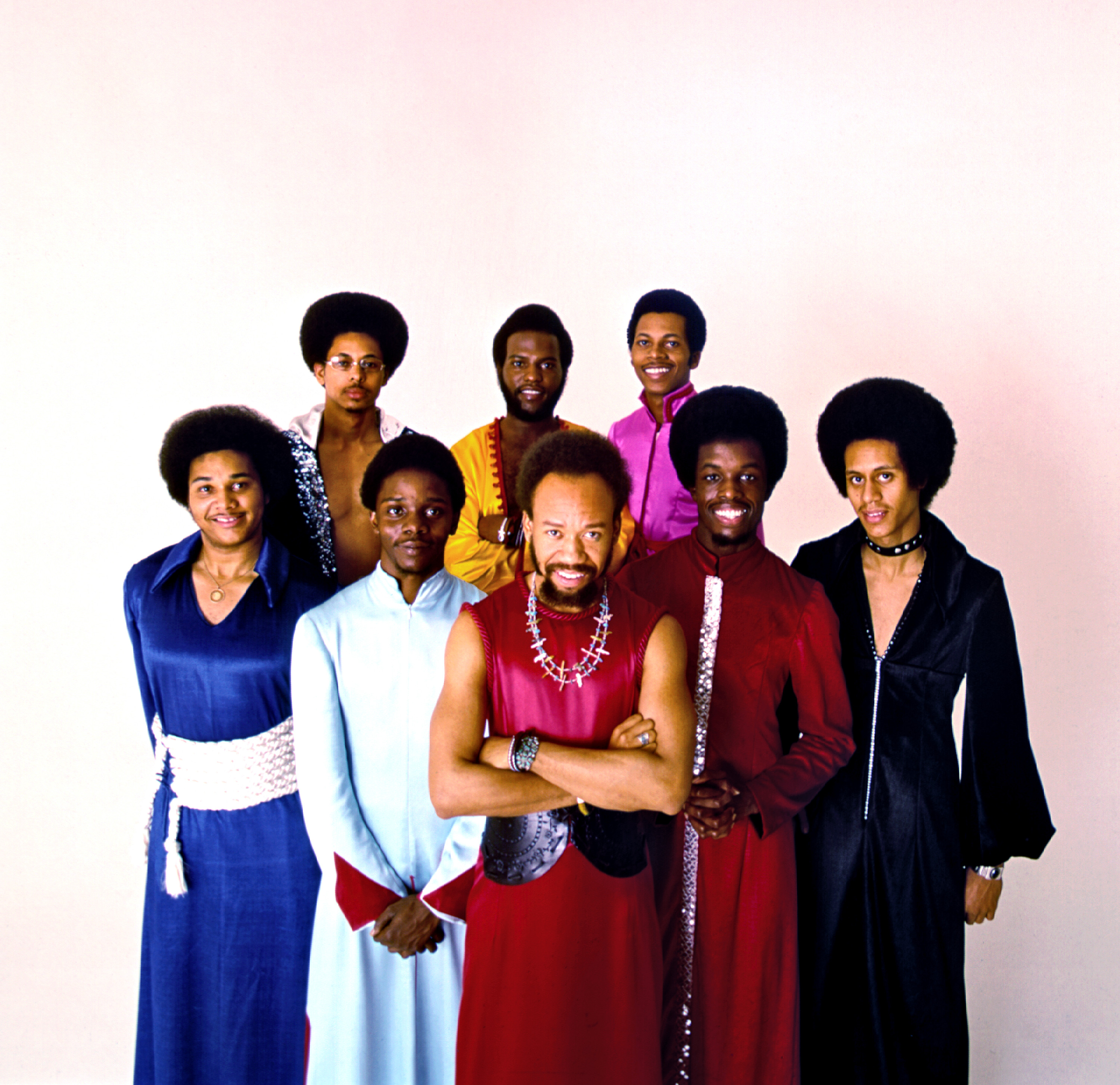 Earth; WInd; Fire; Essential; Songs
Earth; WInd; Fire; Essential; Songs
With its dynamic horn arrangement, “Got to Get You Into My Life” was already among the funkiest tracks in The Beatles’ repertoire. This inherent funkiness made it a natural fit for Earth, Wind & Fire, who recorded a cover version for the 1978 film Sgt. Pepper’s Lonely Hearts Club Band, starring the Bee Gees and Peter Frampton. While the movie itself is not fondly remembered—Barry Gibb himself expressed regret about Earth, Wind & Fire’s involvement, telling RS, “What was incredible is that people like … Earth, Wind and Fire got into that. You would have never thought any of them would have gotten into that … thing”—EWF’s rendition took on a life of its own. Its inclusion on Earth, Wind & Fire’s first greatest hits album in the same year significantly boosted its popularity. This strategic placement ensured that generations of fans embraced EWF’s smooth and energetic groove, often preferring it to The Beatles’ original version, showcasing EWF’s ability to reinterpret and elevate even classic songs.
“September” (1978)
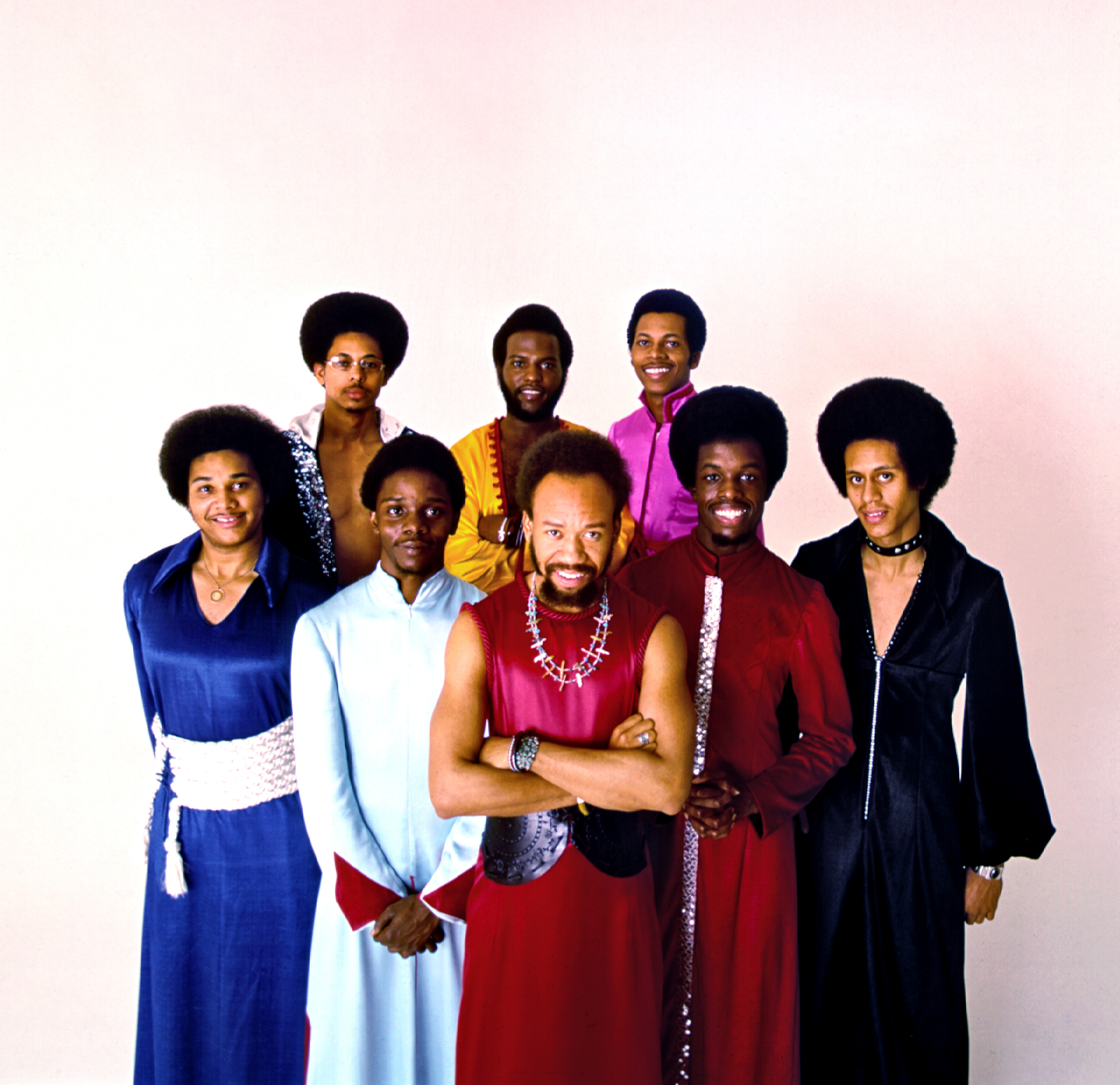 Earth; WInd; Fire; Essential; Songs
Earth; WInd; Fire; Essential; Songs
In 1978, Earth, Wind & Fire’s growing success led to a renegotiated contract with Columbia Records, granting them their own label, ARC. The inaugural release under this new venture was The Best of Earth Wind & Fire, Vol. 1, featuring “September,” a brand new single that swiftly ascended to Number One on the R&B charts. “September” epitomizes Maurice White’s talent for crafting jubilant and optimistic soul anthems. Central to the song’s infectious energy are the soaring Phenix Horns and Philip Bailey’s distinctive falsetto vocalese, which closes the track with the memorable riff, “Bow dee ow dee ow dee.” This vocal riff, as White explained to Billboard in 1979, was a deliberate throwback to the doo-wop era. “My principle for producing is to pay attention to the roots of America, which is doo-wop music,” he stated. “September” not only became one of the quintessential songs by Earth, Wind & Fire but also a timeless anthem of joy and celebration, played across generations and at countless events.
“Boogie Wonderland” (1979)
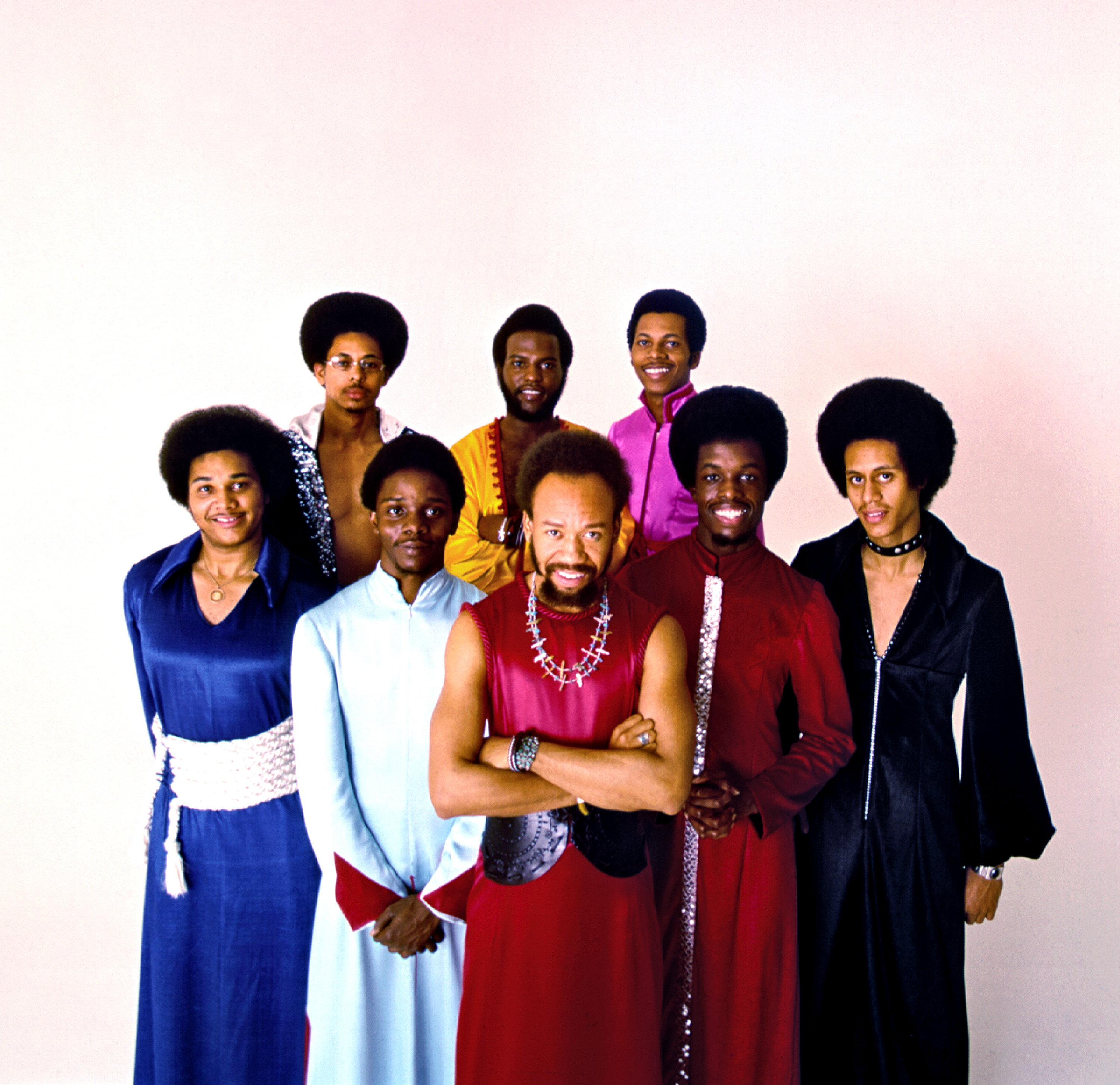 Earth; WInd; Fire; Essential; Songs
Earth; WInd; Fire; Essential; Songs
“[Maurice White] takes simple dance formulas like ‘Boogie Wonderland’ and finds fresh possibilities within them,” Dave Marsh wrote in his Rolling Stone review of Earth, Wind & Fire’s 1979 album, I Am. As disco reached its zenith, White and his collective of jazz-funk innovators applied a polished, commercial sheen to “Boogie Wonderland,” resulting in a track that is both intricately arranged and deeply soulful. While brassy and ebullient on the surface, “Boogie Wonderland” harbors a darker emotional core. Anguish and desperation subtly permeate the song’s complex arrangement and surprisingly somber lyrics, penned by Allee Willis and Jon Lind, who drew inspiration from the harrowing 1977 film Looking for Mr. Goodbar. The song’s depiction of dancing as a means to numb pain (“You dance and shake the hurt”) seemed almost prophetic, foreshadowing disco’s imminent decline. Despite its underlying melancholy, “Boogie Wonderland” remains one of the most iconic and beloved songs by Earth, Wind & Fire, capturing the complex emotions within the disco era’s glittering façade.
“Let’s Groove” (1981)
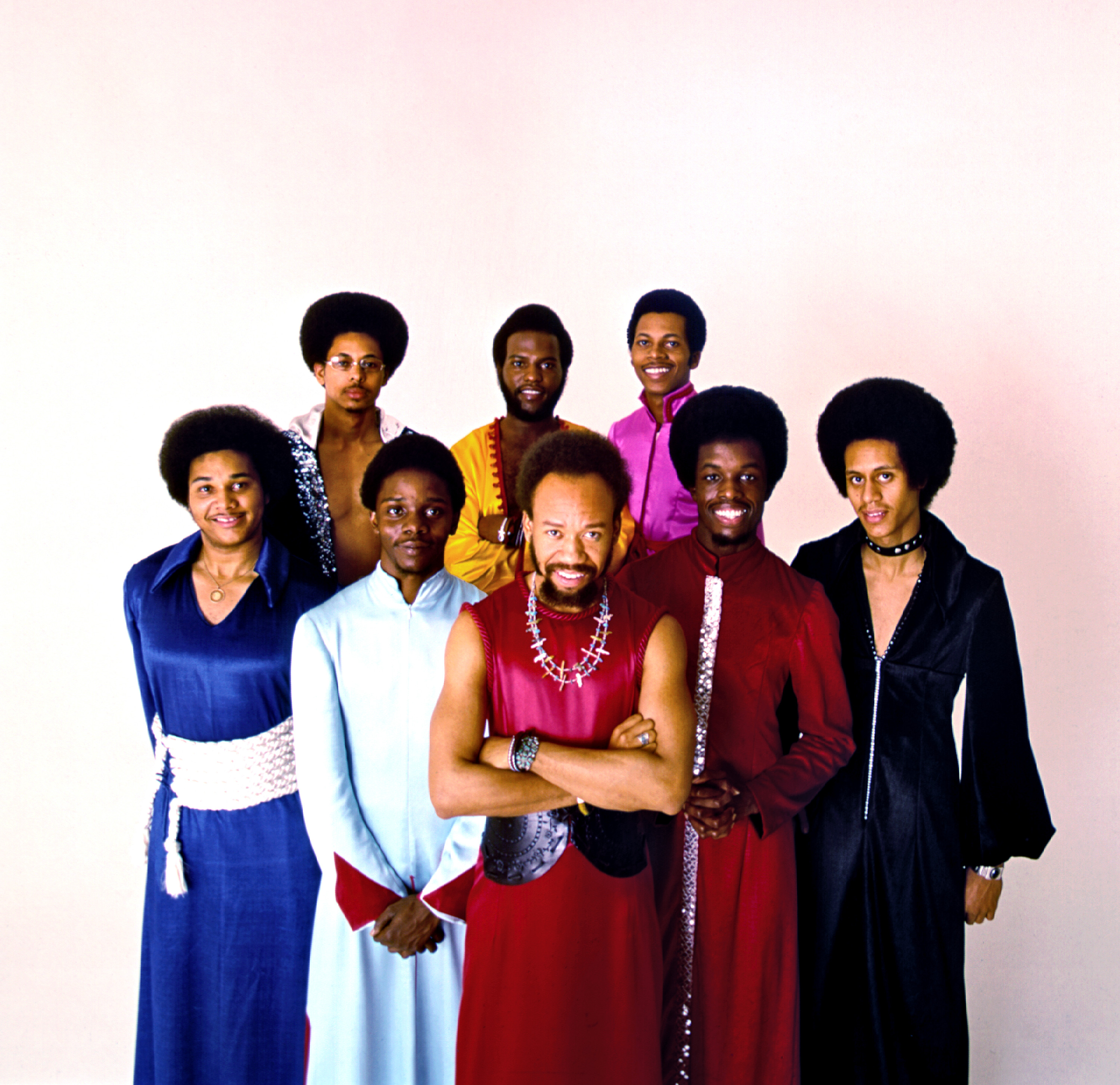 Earth; WInd; Fire; Essential; Songs
Earth; WInd; Fire; Essential; Songs
By the early 1980s, the disco backlash was in full swing, but Earth, Wind & Fire adeptly navigated the shifting musical landscape with “Let’s Groove,” a sleek piece of synth-funk innovation. The robotic vocoder intro signaled a new sonic direction for EWF in the decade ahead, seamlessly blending electronica with their signature live brass sound. White explained this transition to NME: “It’s really just knowing the feelings and fundamentals involved in producing a hit. Just like writing a story. It’s not less honest than a piece of jazz. Take the new record, ‘Let’s Groove.’ It’s real honest. We just went in and done it — a natural giving thing. Just saying, Hey man, enjoy this with me. Share this with us.” Listeners enthusiastically embraced this evolution. “Let’s Groove” sold over a million copies and earned a Grammy nomination for Best R&B Vocal Performance, proving Earth, Wind & Fire’s enduring ability to innovate and resonate with audiences even as musical trends evolved, and solidifying its place amongst their essential songs.
